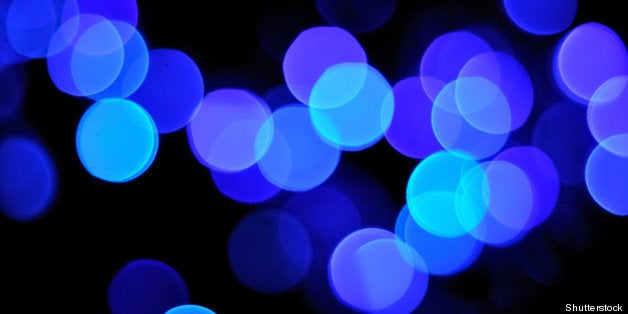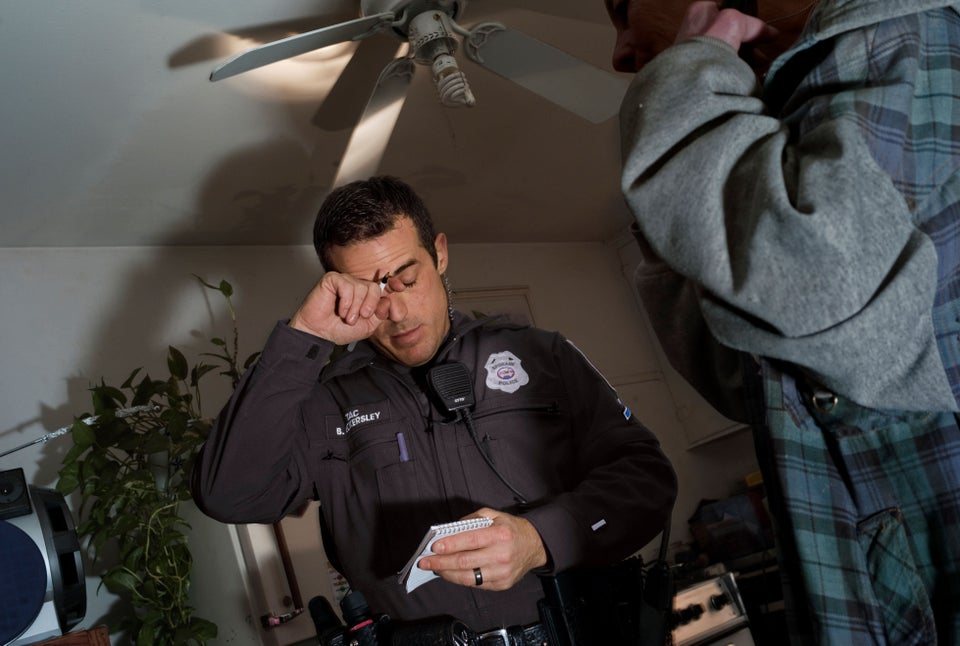
Blue light can mess with hamsters' moods, according to a new study that, if also shown in humans, could have implications for shift-workers.
Published in the Journal of Neuroscience, researchers from The Ohio State University found that hamsters exposed to blue light or dim white light had more evidence of mood changes than hamsters exposed to red light or kept in the dark.
Researchers evaluated the mood changes in hamsters by their consumption of sugar water -- because sugar water is considered a treat for hamsters, they would normally drink large amounts if given the chance. If they drink less-than-normal amounts, it's indicative of mood changes ("depression" for hamsters). Hamsters were given sugar water in four different lighting scenarios during the night time: dim white light, dim blue light, dim red light or no light at all.
The brains of the hamsters were also analyzed. Researchers found that the density of the dendritic spines (which are instrumental in chemical signaling between brain cells) in the hamsters' brains was reduced when they spent a night in the dim blue or dim white light.
"In nearly every measure we had, hamsters exposed to blue light were the worst off, followed by those exposed to white light," study researcher Randy Nelson, a professor of neuroscience and psychology at the university, said in a statement. "While total darkness was best, red light was not nearly as bad as the other wavelengths we studied."
Researchers noted that the color of the light might have to do with their effect on ipRGCs -- or photosensitive Retinal Ganglion Cells -- in the retina of the eye, which play a role in detecting light and sending information to parts of the brain involves in circadian rhythm and mood/emotion.
More research is needed to understand if this finding holds true for humans, too. But this isn't the first time blue light has been shown to have an impact on human functioning. In a perspective piece published in the journal Nature earlier this year, Charles A. Czeisler, M.D., Ph.D., a professor of sleep medicine at Harvard Medical School, explained that LED lights emit blue and blue-green light, which can interfere with sleep by disrupting melatonin.
